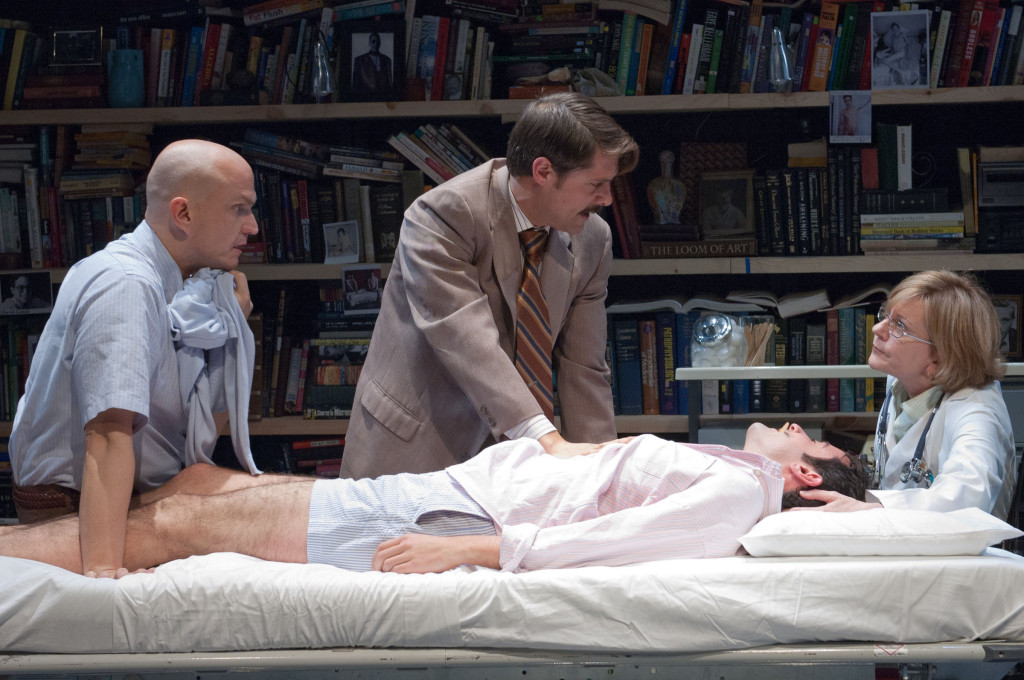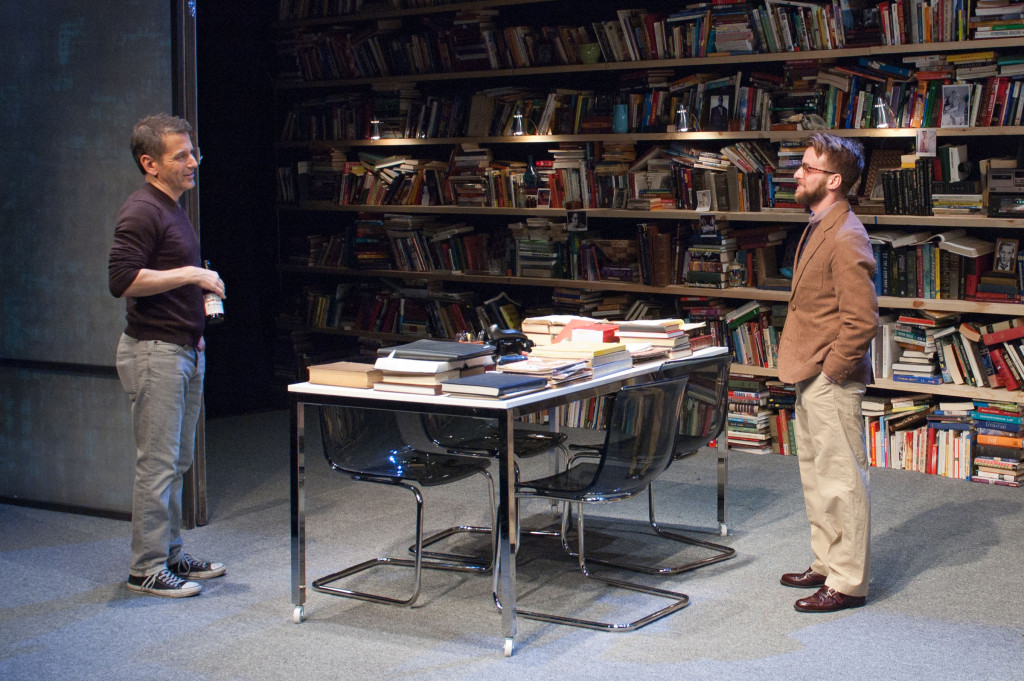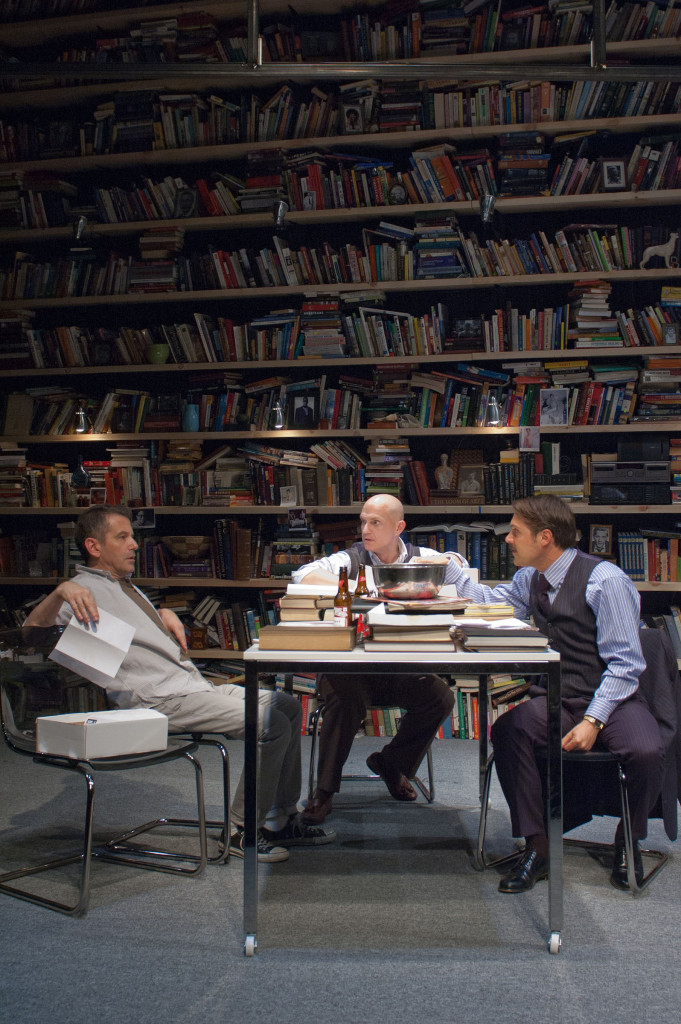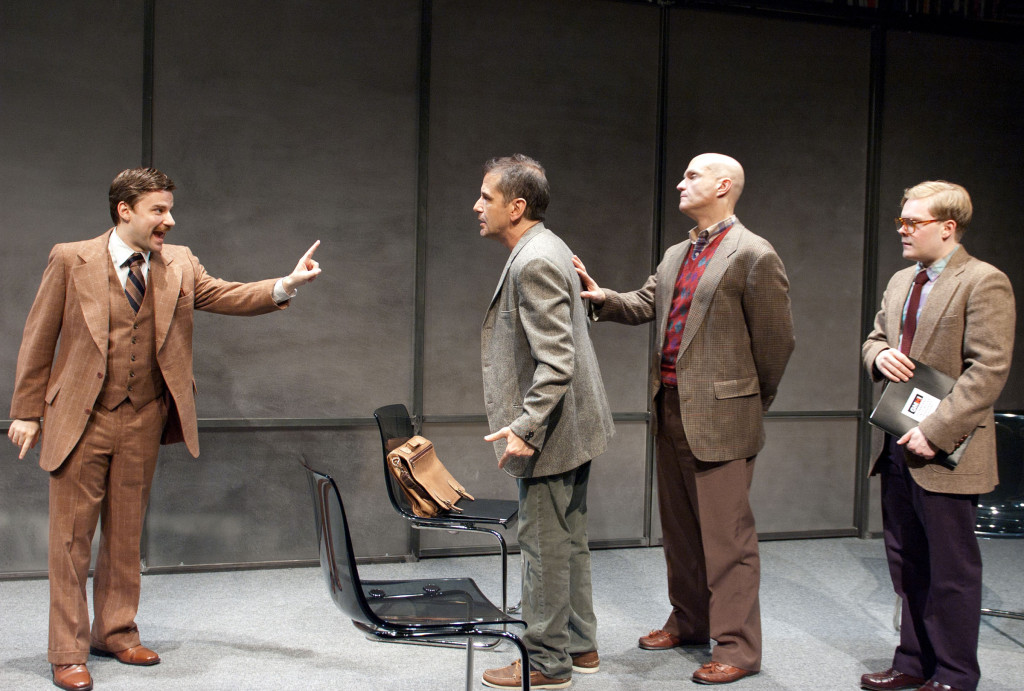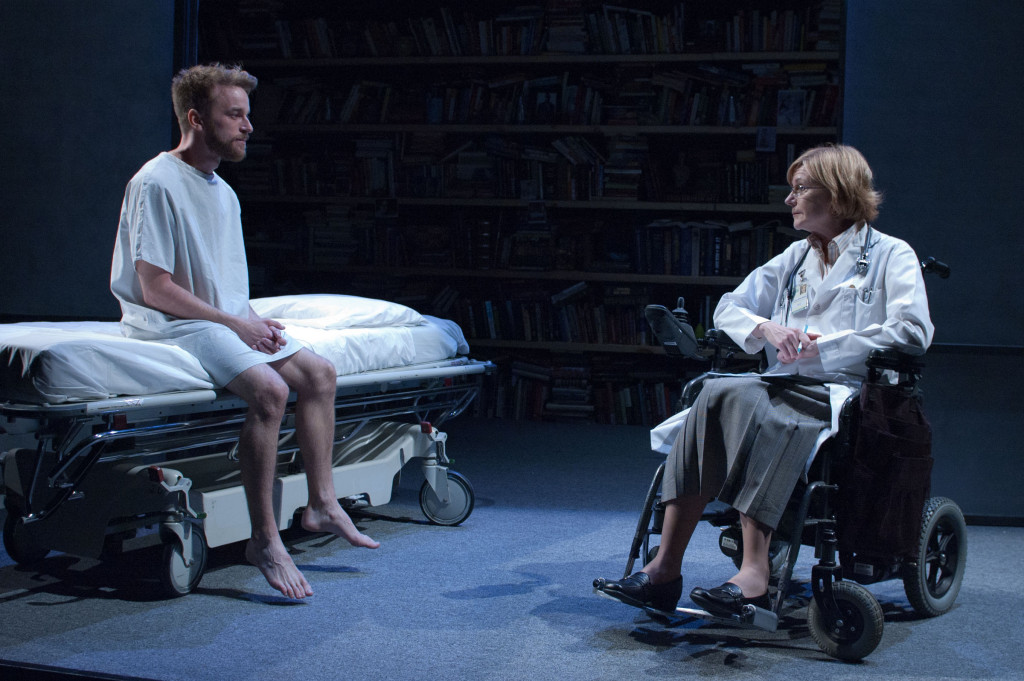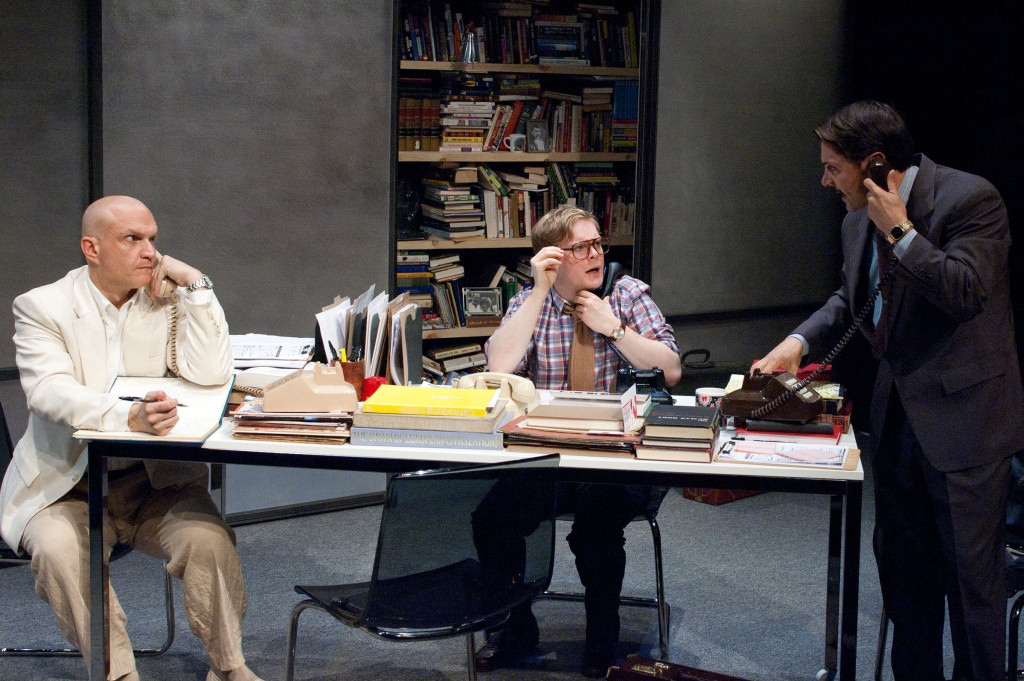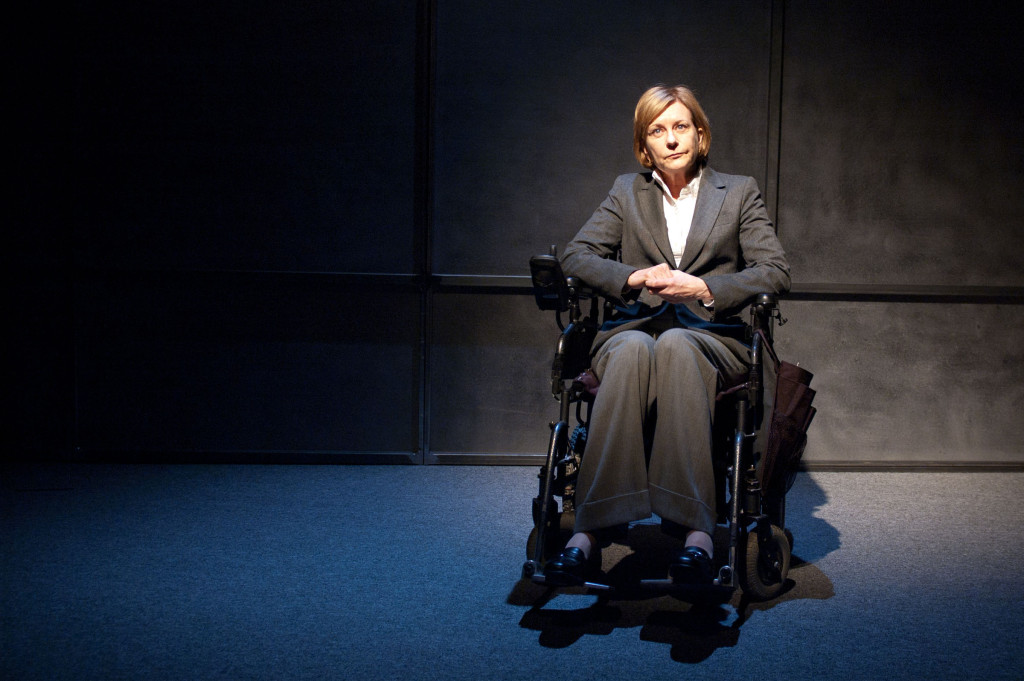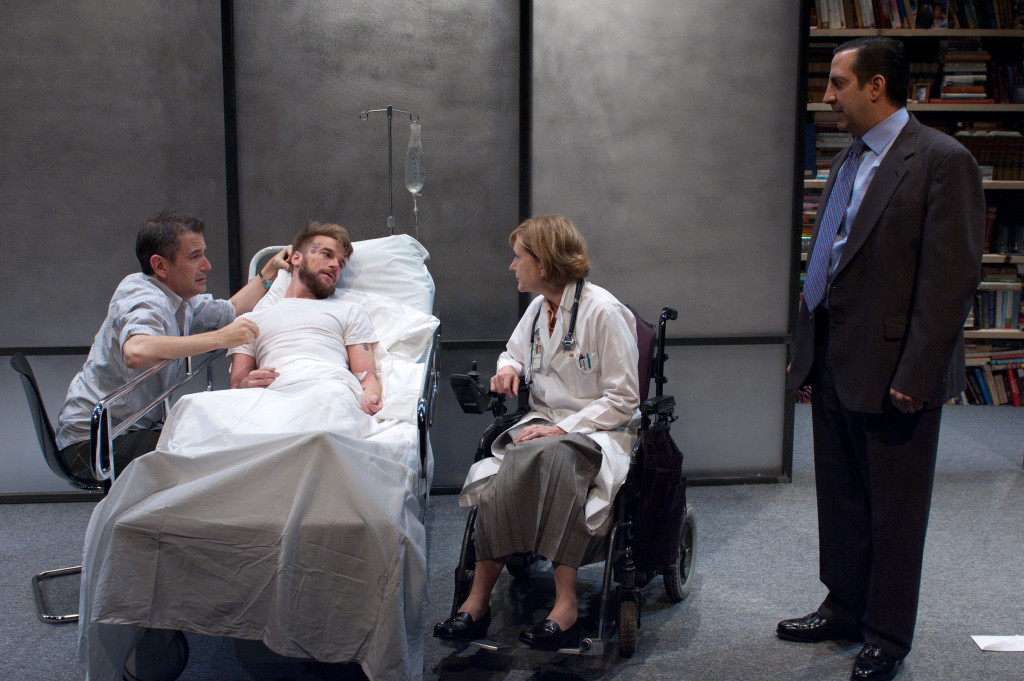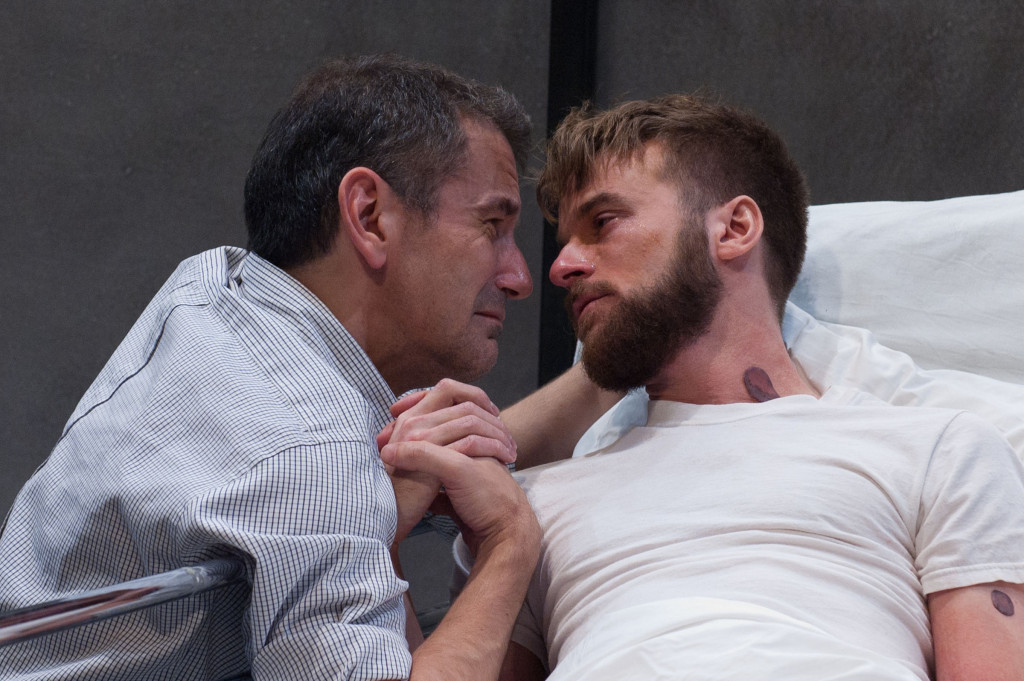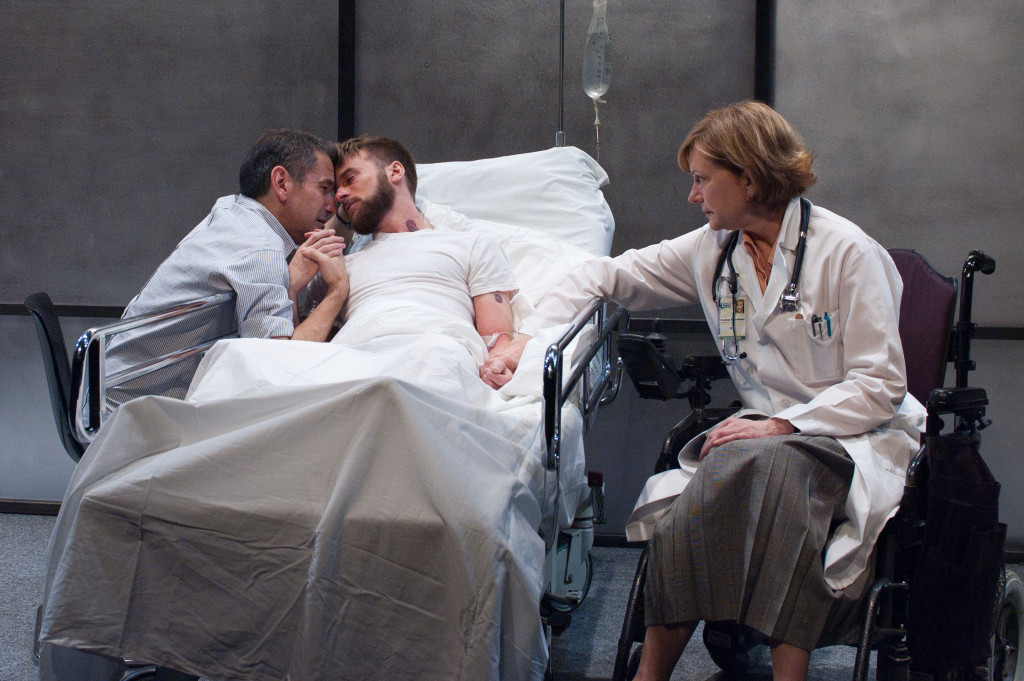The Normal Heart
Explore & Learn
Historical moments related to The Normal Heart
Videos
THE NORMAL HEART Excerpt #1
Ned Weeks (David Cromer) and Felix Turner (Patrick Andrews) during their first date in this excerpt from TimeLine Theatre's Chicago production of THE NORMAL HEART by Larry Kramer, directed by Nick Bowling.
THE NORMAL HEART Excerpt #2
Ned Weeks (David Cromer) fights to be accepted by his brother Ben (Marc Grapey) in this excerpt from TimeLine Theatre's Chicago production of THE NORMAL HEART by Larry Kramer, directed by Nick Bowling.
Discussions & Events
-
Sunday Scholars Series
Sunday, September 27 from 4:30 - 5:30 pm Read More

